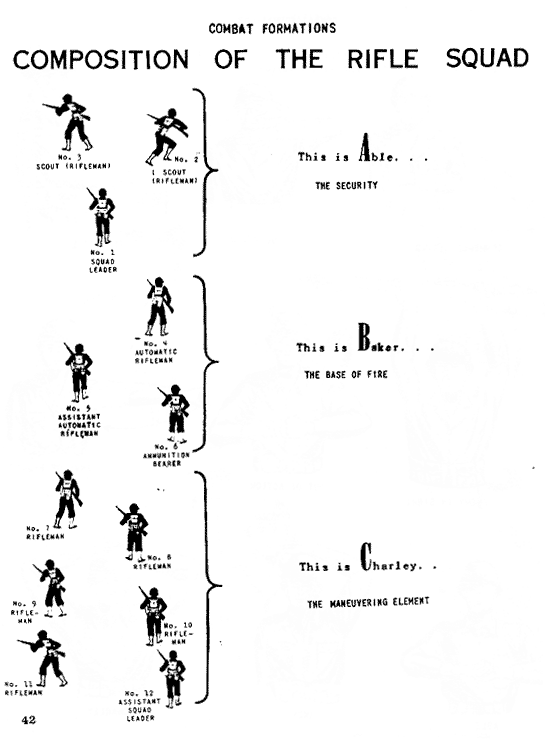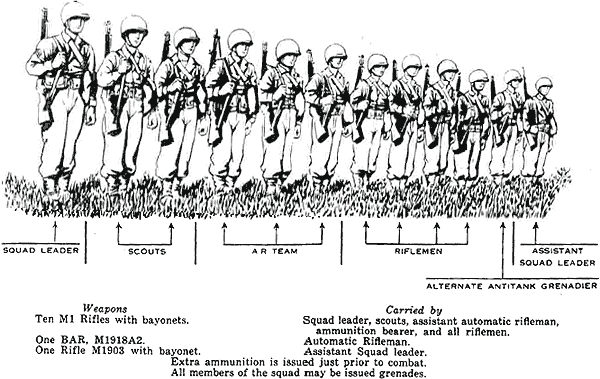Tony,
I share your views about the long-range rifle.
This is part of why we need to spell-out the equipment and weapons currently available to the squad, platoon, and so-on.
Having that list of available weapons gives us an opportunity to explore the degree of precision of force application associated with each and its relevance to probable future engagements.
Further, once we inject individual infantryman laser-rangefinding and ballistic computers into the discussion we become obliged to explore the ramifications for grenade launchers, including downsizing. The implied downsizing of effects radius and more precise impacts will also affect the debate.
There will also be implications for medium machine-gun cartridges and weapons.
The results of those discussions will both affect our view of ideal cartridges and give significantly improved traction for advocating them.
Cheers!
I share your views about the long-range rifle.
This is part of why we need to spell-out the equipment and weapons currently available to the squad, platoon, and so-on.
Having that list of available weapons gives us an opportunity to explore the degree of precision of force application associated with each and its relevance to probable future engagements.
Further, once we inject individual infantryman laser-rangefinding and ballistic computers into the discussion we become obliged to explore the ramifications for grenade launchers, including downsizing. The implied downsizing of effects radius and more precise impacts will also affect the debate.
There will also be implications for medium machine-gun cartridges and weapons.
The results of those discussions will both affect our view of ideal cartridges and give significantly improved traction for advocating them.
Cheers!






Comment